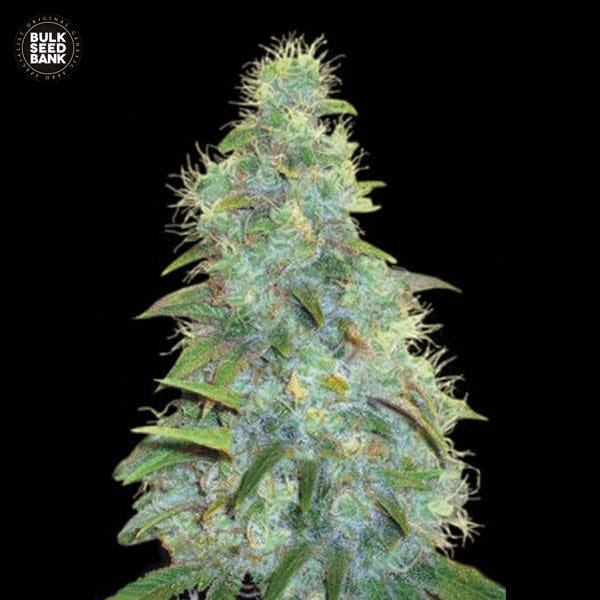

The major portion of a tooth consists of dentin, which is harder than bone enamel and cementum, which is similar to bone. The soft-tissue gingiva covers the neck and root to a variable extent, depending on age and oral hygiene.

A tooth consists of a crown portion above the gum, a root portion embedded in a socket (alveolus) of the jaw bone, and a neck or cervical constricted region between the crown and root. In some cases this is inherited, and in others it may be related to endocrine gland disturbances.Īny of the hard, bony conical structures of the upper and lower jaws used for chewing. Occasionally there is a partial or total lack of either the primary or the permanent teeth ( anodontia). It is not uncommon for the third molars to fail to erupt. The first premolars generally appear between the ages of 10 and 12, the second molars between 11 and 13, and the third molars, or wisdom teeth, between 17 and 22. The lateral incisors are lost and replaced during the seventh to ninth years, and the canines in the ninth to twelfth years. The permanent incisors erupt shortly afterward. The first teeth to be shed, about the sixth year, are the central incisors. When this happens, it is necessary to remove the primary tooth and root. Occasionally a primary tooth root does not resorb, and as a result the permanent tooth comes in outside its proper position. As the adult teeth calcify, the roots of the primary ones gradually disappear, or resorb, and are completely gone by the time the permanent teeth are ready to appear. Calcification of the others takes place shortly after. The permanent teeth form in the jaw even before the primary ones have erupted, with the incisors and the canines beginning to calcify during the first 6 months of life. About the same time, shedding of primary teeth begins. When the child is about 6, the first permanent molar comes in just behind the second molar of the primary teeth. Eruption, or cutting of teeth, is slower in some children than others, but the primary teeth generally begin to appear when the infant is between 6 and 9 months of age, and the process is completed by the age of 2 to 2½ years. A considerable part of the crowns of these teeth is formed by the time the child is born. The primary teeth begin to form about the sixth week of prenatal life, with calcification beginning about the sixteenth week. Because of this, it is vitally important that expectant mothers receive foods that will supply the calcium, phosphorus, and vitamins necessary for healthy teeth. Both the primary teeth and the permanent teeth begin to develop before birth. The hindmost molar in each of these groups, and the last one to emerge, is popularly known as the wisdom tooth.ĭevelopment and Eruption. There are 12 permanent molars in all, three on each side of both the upper and lower jaw. The molars are in the back of the mouth they have between three and five cusps each, and their function is to crush and grind food. There are four permanent canines the two in the upper jaw are popularly known as the “eye teeth.” The premolars (or bicuspids) are next behind the cuspids and consist of two cones, or cusps, fused together they tear, crush, and grind the food. The canines (or cuspids) are at the corners of the mouth and are shaped like simple cones they tear and shred food. There are eight deciduous and permanent incisors, four upper and four lower. The incisors, in the front of the mouth, are shaped like a cone with a sharp flattened end, and cut the food. Teeth have different shapes because they have different functions. There are 20 primary teeth, called also deciduous teeth, baby teeth, or milk teeth, which are eventually replaced by 32 permanent teeth, evenly divided between the upper and lower jaws. The periodontium not only helps hold the tooth in place but also acts to cushion it against the pressure caused by biting and chewing. Its many strong fibers are embedded in the cementum and also the wall of the tooth socket. ↑ Sweet Tooth Appearance For PC? on SteamĪ * denotes that the car's painted variants are assigned to a separate rarity.Ī ** denotes that the car's variants can be assigned to two possible separate rarities.Typical permanent teeth.(See color plates.)Ĭovering the root of the tooth and holding it in place in its alveolus (socket) in the jaw is a fibrous connective tissue called the periodontium.Let us know if you have any other doubts!" Sweet Tooth does indeed have the Octane hitbox.



 0 kommentar(er)
0 kommentar(er)
